
| Aussie White-brow Hawk Moth (formerly known as Deilephila eras) MACROGLOSSINAE, SPHINGIDAE, BOMBYCOIDEA | (donherbisonevans@yahoo.com) and Stella Crossley |

early instar, magnified
(Photo: courtesy of
Peter Hendry,
Sheldon, Queensland)

| Aussie White-brow Hawk Moth (formerly known as Deilephila eras) MACROGLOSSINAE, SPHINGIDAE, BOMBYCOIDEA | (donherbisonevans@yahoo.com) and Stella Crossley |

early instar, magnified
(Photo: courtesy of
Peter Hendry,
Sheldon, Queensland)
The early instar Caterpillars of this species are green with a long straight dark tail horn.

Third instars develop a pale line along each side interrupted by a series of white eyespots. The claspers become black, and the tail horn becomes sinuous with a dark mark halfway.
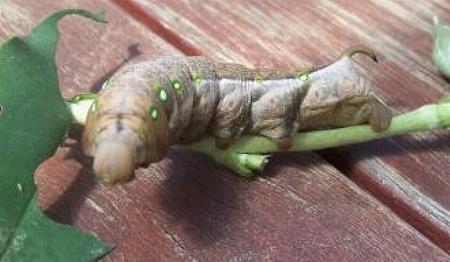
The fifth (final) instar can be green, or brown with diagonal dark patches under the row of eyespots, with a tail horn which is strongly curved backwards nearly into a semicircle, and ends in a black point. The pale line may become brown or partly red. The eyespots of the fifth instar are ringed with turquoise, unlike the fifth instar of Gnathothlibus australiensis.
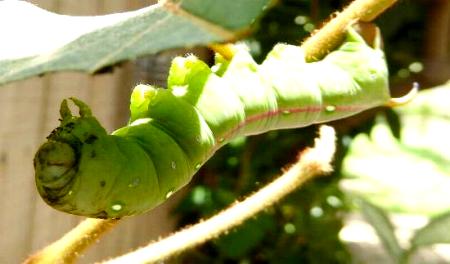
When disturbed, the caterpillar curls its head down onto its first two pairs of legs, and displays the third pair. The caterpillar can also exude liquid from its mouth, and has even been heard to give a squeal.
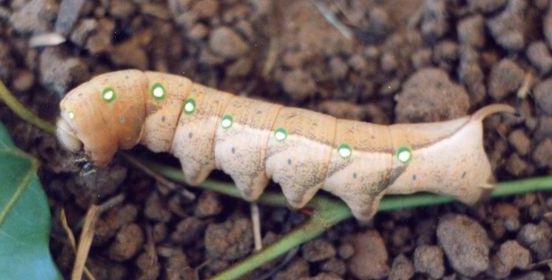
The caterpillar feeds on a wide variety of plants, including :
as well as :
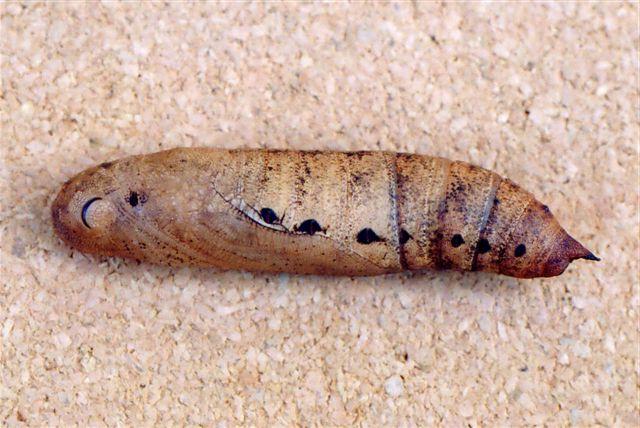
The caterpillar grows to a length of about 8 cms. It pupates either underground or in a nest of curled leaves joined with silk. The pupa is brown with a series of black spots along each side of the abdomen, and has a length of about 6 cms.
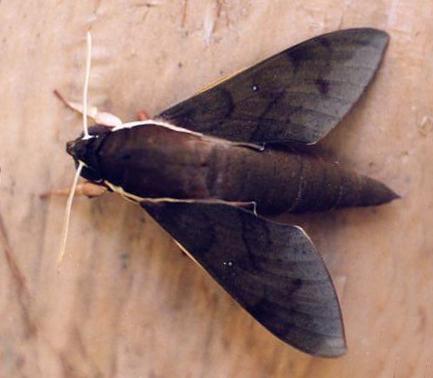
The adults have brown forewings with a faint pattern of light and dark markings. Females have similar markings to the males, but are larger, and darker with a purple sheen.
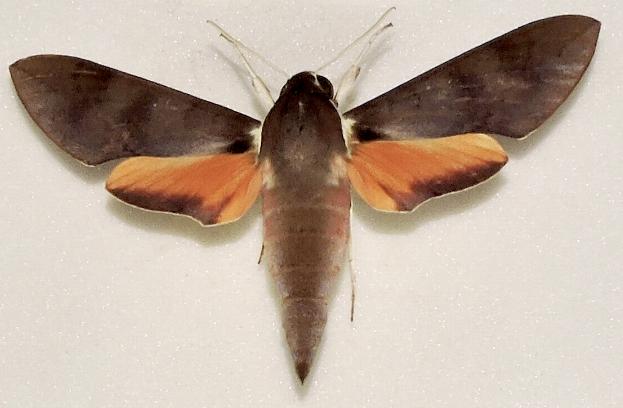
The hindwings are bright orange with dark margins. The females have broader dark margins than the males. The males are smaller than the females. The female moths have a wingspan of about 10 cms. The male moths have a wingspan of about 8 cms.
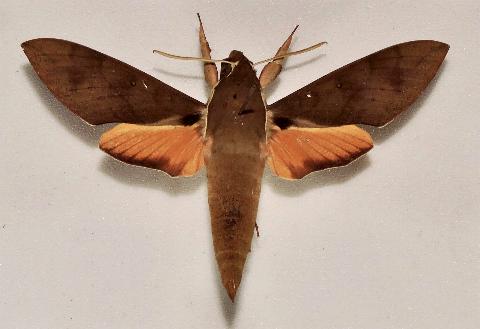
The species adults are difficult to distinguish from those of Gnathothlibus australiensis, except that the males of Gnathothlibus eras have hairs covering most of the forelegs.
The eggs are pale green and spherical, with a diameter of about 2 mms. They are laid singly on foodplant foliage.
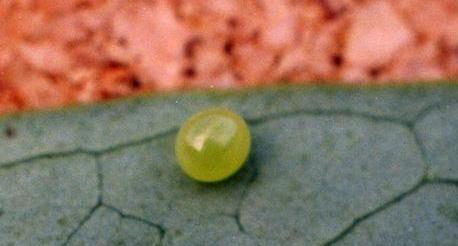
The species has been found across the south pacific, including
and also in Australia in :
For many years Gnathothlibus eras was considered to be a subspecies of Gnathothlibus erotus (Cramer, 1777) which occurs across south-east Asia and the south Pacific, until DNA evidence showed that Gnathothlibus eras was a distinct species.
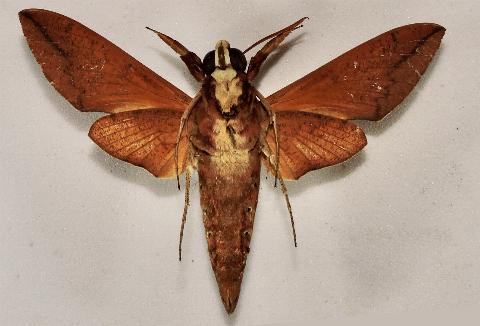
Further reading :
Jean-Baptiste Alphonse Dechauffour de Boisduval,
Faune Entomologique de L'Ocean Pacifique: Lépidoptères,
Voyage de Decouvertes de la Corvette l'Astrolabe,
Division 7, Part 1 (1832), pp. 185-186, No. 4.
Ian F.B. Common,
Moths of Australia,
Melbourne University Press, 1990, pls. 16.7, 29.3, pp. 71, 412.
Peter Marriott,
Moths of Victoria - Part 1,
Silk Moths and Allies - BOMBYCOIDEA,
Entomological Society of Victoria, 2008, pp. 28-29.
Maxwell S. Moulds, James P. Tuttle and David A. Lane.
Hawkmoths of Australia,
Monographs on Australian Lepidoptera Series, Volume 13 (2020),
pp. 125-128, Plates 26, 79, 87.
Buck Richardson,
Mothology,
LeapFrogOz, Kuranda, 2008, p. 36.
Buck Richardson,
Tropical Queensland Wildlife from Dusk to Dawn Science and Art,
LeapFrogOz, Kuranda, 2015, p. 201 (listed as Gnathothlibus erotus).
Paul Zborowski and Ted Edwards,
A Guide to Australian Moths,
CSIRO Publishing, 2007, p. 169.
 caterpillar |  butterflies |  Lepidoptera |  moths |  caterpillar |
(updated 1 March 2010, 14 October 2025)